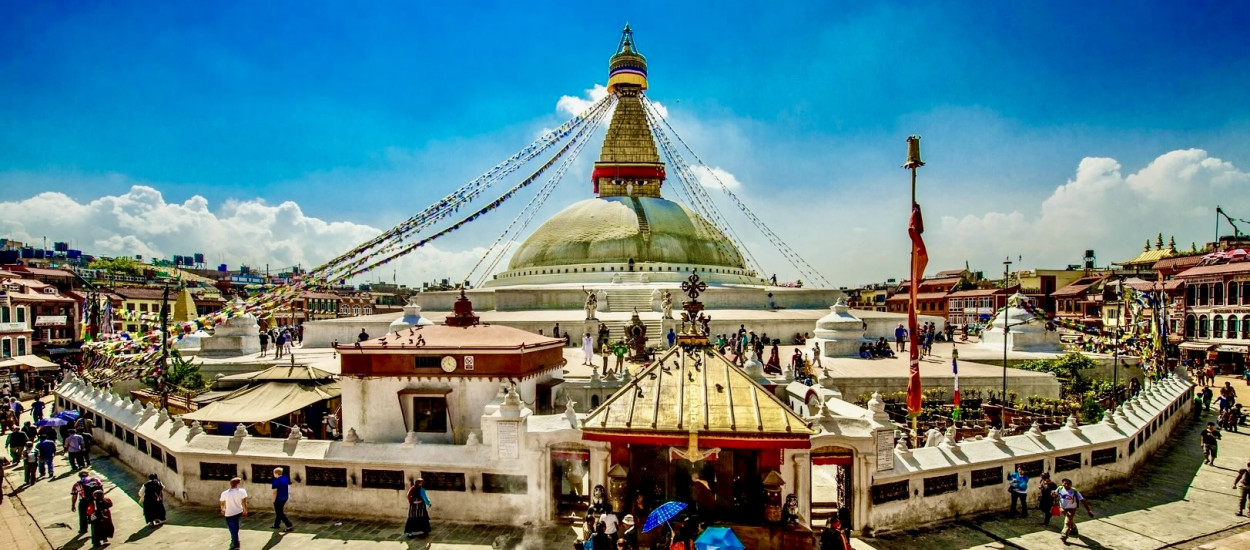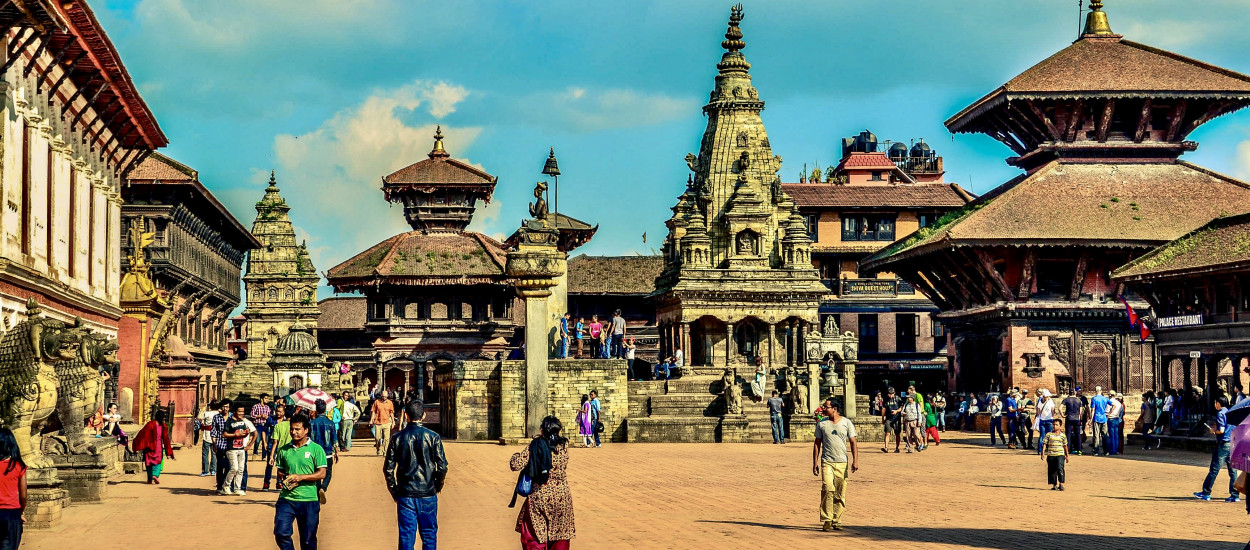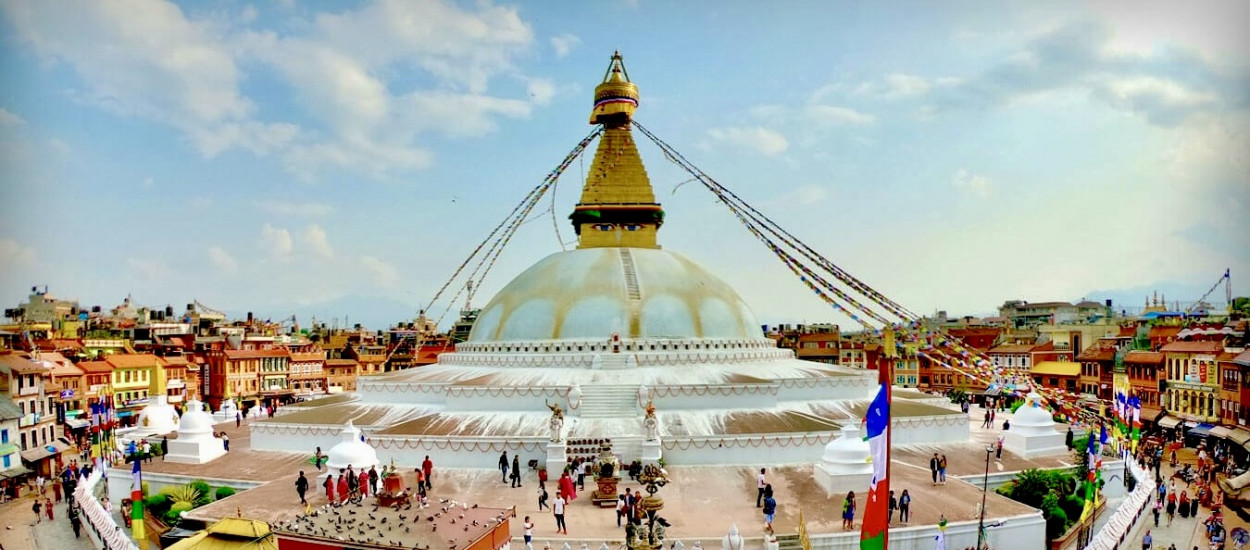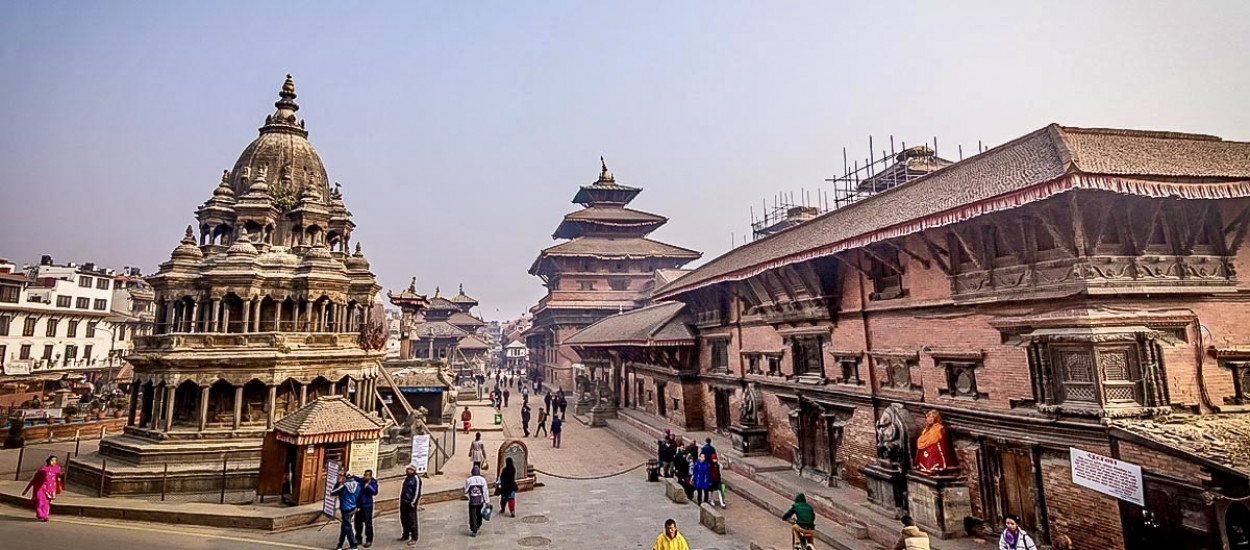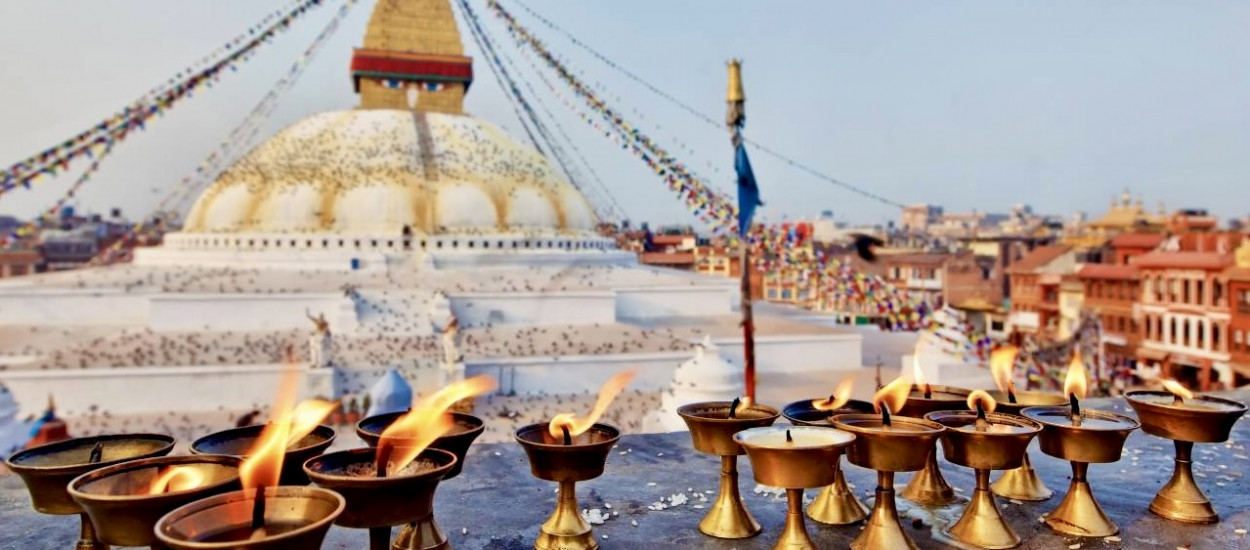Good to Know
Preparation for the Kathmandu Sightseeing Tour-4 UNESCO World Heritage Sites
Preparing for the Kathmandu Sightseeing Tour of the four UNESCO World Heritage Sites is crucial to ensure a fulfilling and enjoyable experience. Here are some essential tips to help you get ready for your journey through the heart of Nepal’s cultural and historical landscapes:
-
Research and Plan: Familiarize yourself with the history and significance of each site: Kathmandu Durbar Square, Swayambhunath Stupa, Pashupatinath Temple, and Boudhanath Stupa. Understanding the background and cultural importance of these sites will enrich your visiting experience.
-
Choose the Right Season: As mentioned earlier, the best times to visit are during the spring (March to May) and autumn (September to November) when the weather is most favorable for touring.
-
Book in Advance: Ensure your accommodations and tour arrangements are booked well in advance, especially if you plan to visit during peak tourist seasons. This includes securing a knowledgeable local guide to enhance your tour with insights and stories about each site.
-
Prepare for the Weather: Pack suitable clothing for the season. Spring and autumn require light layers that can accommodate warm days and cooler mornings and evenings. Always carry a rain jacket, as unexpected showers can occur, especially outside the dry season.
-
Health and Safety: Stay hydrated and carry bottled water, sun protection (sunscreen, hat), and comfortable walking shoes, as the tour involves significant walking and sometimes on uneven surfaces. Be aware of your belongings in crowded places to prevent theft.
-
Cultural Sensitivity: Dress modestly and be respectful when visiting religious sites. Many temples require visitors to remove shoes, and photography may be restricted in certain areas. Always ask for permission before taking photos of the locals or religious ceremonies.
-
Local Connectivity: Consider getting a local SIM card for easier navigation and communication during your stay. Wi-Fi may be available at hotels and some cafes, but having mobile data can be very helpful for on-the-go travel planning and emergencies.
-
Carry Cash: While major cards are accepted in hotels and some shops, smaller vendors and entrance fees at heritage sites often require cash. It’s also useful for tipping your guide or drivers, which is customary but not mandatory.
By preparing adequately, you can ensure a smooth and engaging visit to Kathmandu’s prestigious UNESCO World Heritage Sites, making your trip not just a tour, but a profound journey into the essence of Nepal's historical and cultural grandeur.
Nepal Visa for the Kathmandu Sightseeing Tour-4 UNESCO World Heritage Sites
If you're planning a Kathmandu Sightseeing Tour to explore the four UNESCO World Heritage Sites, it’s important to sort out your travel documents, including obtaining a Nepal Visa. Here's a step-by-step guide to ensure you have the necessary visa for your trip:
Visa Requirements: Most foreign nationals require a visa to enter Nepal. Visa policies can vary based on your nationality, so it's essential to check the specific requirements for your country. Typically, visas are available on arrival for many nationalities, but it's wise to confirm current policies before traveling.
Types of Visas: Nepal offers several types of visas, including tourist visas, which are suitable for the sightseeing tour. Tourist visas are available for different durations, such as 15, 30, and 90 days, depending on the length of your stay.
Applying for a Visa:
-
Visa on Arrival: This is available at Tribhuvan International Airport in Kathmandu and various land border crossings. To expedite the process, carry a passport-sized photo, fill out the arrival card, and have cash in USD to pay the visa fee.
-
Online Application: You can apply for a visa in advance through Nepal’s official Immigration website. This method is recommended to avoid long queues upon arrival and involves filling out an online form and printing the confirmation to bring along with you.
-
Embassy Application: Alternatively, you can apply for a visa at a Nepalese embassy or consulate in your country before departure. This method can be beneficial if you prefer to have all travel documents sorted beforehand.
-
Visa Fees: As of the latest updates, the fees for tourist visas are approximately USD 30 for a 15-day visa, USD 50 for a 30-day visa, and USD 125 for a 90-day visa. These fees are subject to change, so it's advisable to check the most current fee structure before applying.
Documents Required: Generally, you will need a passport valid for at least six months beyond the date of entry, a recent passport-sized photo, and the visa fee. For online applications, a digital photo and a valid credit card for payment are necessary.
Health and Travel Insurance: While not always mandatory for a visa, having health and travel insurance is highly recommended. Ensure your insurance covers medical expenses, trip cancellations, and other potential travel issues.
By ensuring you have the appropriate Nepal Visa, your trip to Kathmandu’s UNESCO World Heritage Sites will be more secure and enjoyable, letting you focus on the rich cultural experiences that await.
Safety on the Kathmandu Sightseeing Tour-4 UNESCO World Heritage Sites
Safety is a key concern for travelers, and while Kathmandu is generally a safe city for tourists, there are some important safety tips to consider when embarking on the Kathmandu Sightseeing Tour of the four UNESCO World Heritage Sites. Here are some essential safety guidelines to ensure a secure and enjoyable experience:
Travel Insurance: Always travel with comprehensive travel insurance that covers theft, loss, and medical treatment. Check that your policy includes coverage for any activities you plan to engage in.
Health Precautions: Kathmandu can have varying levels of air pollution, so consider wearing a mask if you are sensitive or prone to respiratory issues. Stay hydrated, especially when walking around the sites, and be cautious with street food to avoid stomach ailments. Only drink bottled or purified water.
Personal Safety
-
Avoid carrying large sums of cash and expensive jewelry or watches.
-
Use hotel safes for valuable items.
-
Keep copies of important documents like your passport and visa separately from the originals.
-
Be cautious with personal belongings in crowded places to prevent pickpocketing.
Transport Safety: Use only reputable transport services. If using taxis or rickshaws, agree on the fare in advance to avoid overcharging. For longer distances within the city, consider hiring a car and driver from a reliable company.
Cultural Sensitivity and Respect
-
Dress modestly, especially when visiting religious sites. Shoulders and knees should be covered as a sign of respect.
-
Remove shoes before entering temple premises.
-
Photography may be restricted in certain areas of religious sites; always ask permission before taking photos.
Emergency Contacts
-
Keep a list of emergency contacts, including local police, your embassy, and emergency medical services.
-
Know the location and contact information of your country’s embassy or consulate in Nepal.
-
Stay Informed: Keep up-to-date with local news and any travel advisories issued by your home country. Be aware of any local festivals or national holidays that might affect your travel plans due to closures or crowded conditions.
Guided Tours: Opt for a reputable guided tour, especially if it is your first time in Kathmandu. Experienced guides not only enhance the visit with their knowledge but also ensure that you navigate the sites safely and efficiently.
Following these safety tips will help minimize risks and enhance your enjoyment of the Kathmandu Sightseeing Tour. These UNESCO World Heritage Sites are not just spectacular sights but also vibrant cultural spaces that offer a deep insight into Nepal’s rich history and traditions.
Trip Extensions on the Kathmandu Sightseeing Tour-4 UNESCO World Heritage Sites
Exploring Kathmandu and its four UNESCO World Heritage Sites is an enriching experience, but the adventure doesn't have to stop there. Extend your journey with several captivating trip extensions that allow you to delve deeper into the natural beauty and cultural richness of Nepal. Here are some popular options to consider:
-
Pokhara: Known as the gateway to the Annapurna Circuit, Pokhara is a serene city beside a tranquil lake, offering stunning views of the Himalayas. Activities include boating on Phewa Lake, visiting the Peace Pagoda, paragliding, and exploring the vibrant Lakeside district.
-
Chitwan National Park: For wildlife enthusiasts, a visit to Chitwan National Park offers the chance to see rhinos, elephants, and, with some luck, the elusive Bengal tiger. Engage in jungle safaris, canoe rides, and cultural shows by the local Tharu community.
-
Lumbini: Birthplace of Lord Buddha, Lumbini is a must-visit for those interested in Buddhist history and spirituality. The site includes numerous temples, monasteries, and the famous Ashoka Pillar, providing a serene environment for reflection and exploration.
-
Nagarkot: Just a short drive from Kathmandu, Nagarkot is best known for its sunrise and sunset views over the Himalayas. It's a perfect spot for short hikes and relaxing in nature, providing a peaceful break from the city hustle.
-
Bhaktapur: Another gem near Kathmandu, Bhaktapur is famous for its well-preserved architecture and ancient temples. Highlights include the Bhaktapur Durbar Square, Pottery Square, and intricate local handicrafts.
-
Helicopter Tours: For a unique perspective, consider a helicopter tour to see Mount Everest up close. This once-in-a-lifetime experience offers breathtaking aerial views of the world's highest peaks and the surrounding landscape.
-
Trekking: Nepal is a trekker's paradise. For those looking to extend their stay with physical activity, there are numerous trekking options ranging from the easy trails around the Kathmandu Valley to more challenging treks in the Himalayas.
Each of these extensions provides a unique way to experience the diversity of Nepal's landscapes and cultures. Whether you're seeking relaxation in a natural setting, adrenaline-fueled adventures, or deeper cultural immersion, these trip extensions will enrich your Kathmandu Sightseeing Tour and leave you with lasting memories of this beautiful country.
Tipping for the Seven UNESCO World Heritage Day Tour in Kathmandu Valley
Tipping is a customary practice in many parts of the world, including Nepal, and it is a great way to show appreciation for the services you receive. When participating in the Seven UNESCO World Heritage Day Tour in Kathmandu Valley, understanding the local tipping etiquette can enhance your interaction with service providers. Here are some guidelines to help you navigate tipping during your tour:
-
Tour Guides: Tour guides play a crucial role in enriching your tour experience with their knowledge and expertise. A common tipping guideline is to offer approximately $10 to $15 per day per person if you're satisfied with the service. For larger groups, you might consider a collective tip that reflects the level of detail and effort provided by the guide.
-
Drivers: If your tour includes a private vehicle and driver, it is customary to tip the driver as well. A typical tip for a driver would be around $5 to $10 per day per group, depending on the length of the day and the complexity of the driving involved (e.g., navigating through busy streets or rural areas).
-
Restaurant Staff: When dining out during your tour, it is polite to leave a tip for waitstaff. Generally, 10% of the bill is acceptable if a service charge hasn’t already been added to your bill.
-
Hotel Staff: For hotel porters and housekeeping, a tip of around $1 to $2 per day is appreciated for good service. You can leave this in your room at the end of your stay or hand it directly to the staff members.
-
Small Services: For smaller services such as local guides at specific sites or for any assistance beyond usual expectations, a smaller tip of around $1 to $3 can be given directly to the person providing the service.
General Tips for Tipping
-
Always keep some small bills handy for tips.
-
Tipping in Nepalese rupees is preferred, but US dollars are also widely accepted.
-
Be discreet when giving tips, especially in crowded areas.
-
Tipping is not mandatory but is a nice gesture to show gratitude for good service.
Remember, while tipping is appreciated, it is not obligatory. It should reflect your level of satisfaction with the service provided and your personal budget constraints. Tipping can also vary depending on the type and quality of the service you receive.
For more information, please follow the link More Information.
